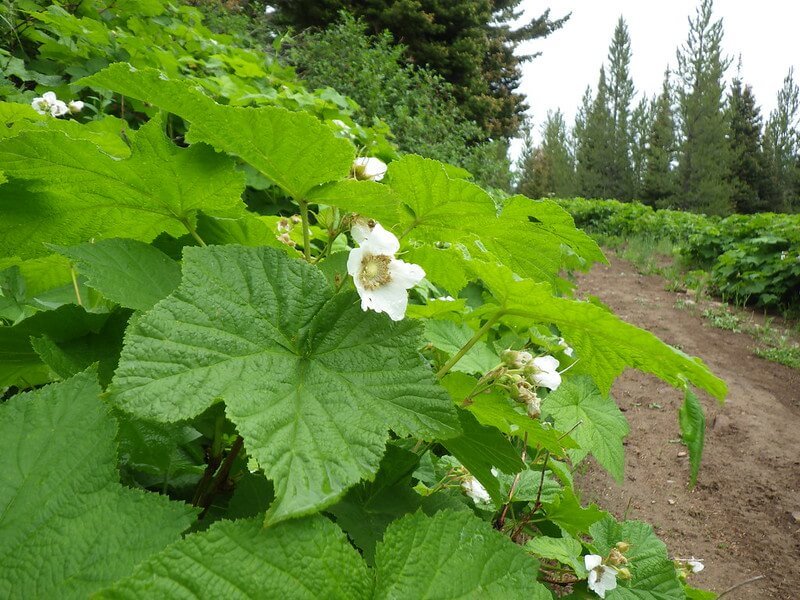Life Cycle: Perennial
Sun Exposure: Full-Partial shade
Soil Moisture: Medium/wet – Dry
Height: 3-7 feet
Plant Spacing: 3-6 feet
Bloom Time: June-August
Bloom Color: White
Advantages: Caterpillar Favorite, Pollinator Favorite, Bird Favorite, Deer Resistant, Edible
Host Plant: 156 species of butterflies and moths use this as a caterpillar host plant in our area (nwf.org)
Specialist Bee: Andrena melanochroa (Johnson and Colla, 2023)
Beneficial for Endangered or Threatened Species: Yellow-banded day-sphinx (Proserpinus flavofasciata) (mnfi.anr.msu.edu)
Resource: Johnson, Lorraine, and Sheila Colla. A Northern Gardener’s Guide to Native Plants and Pollinators: Creating Habitat in the Northeast, Great Lakes, and Upper Midwest. Island Press, 2023













